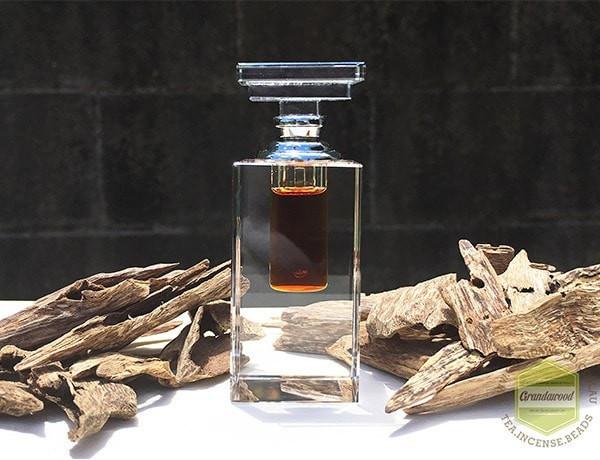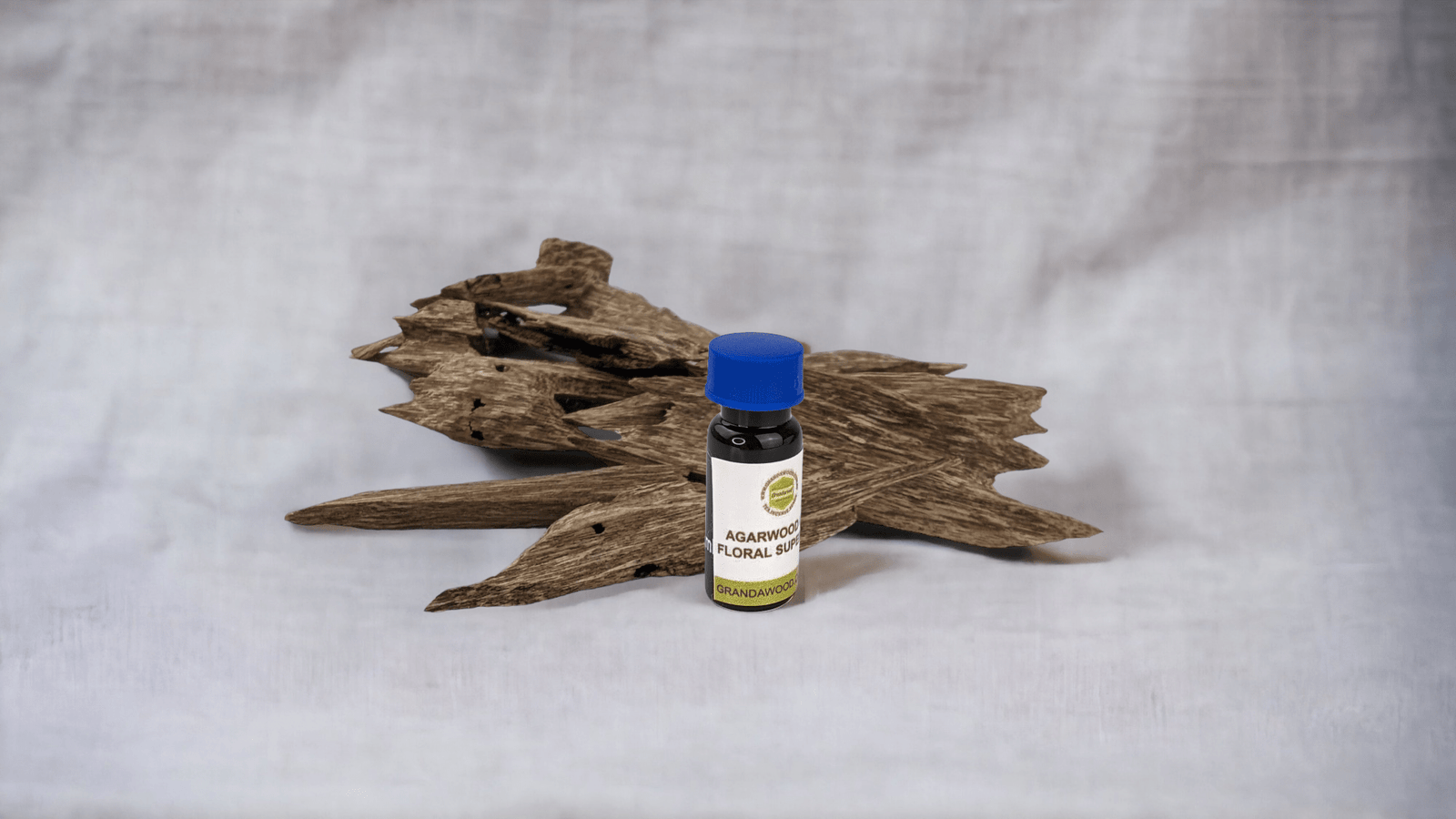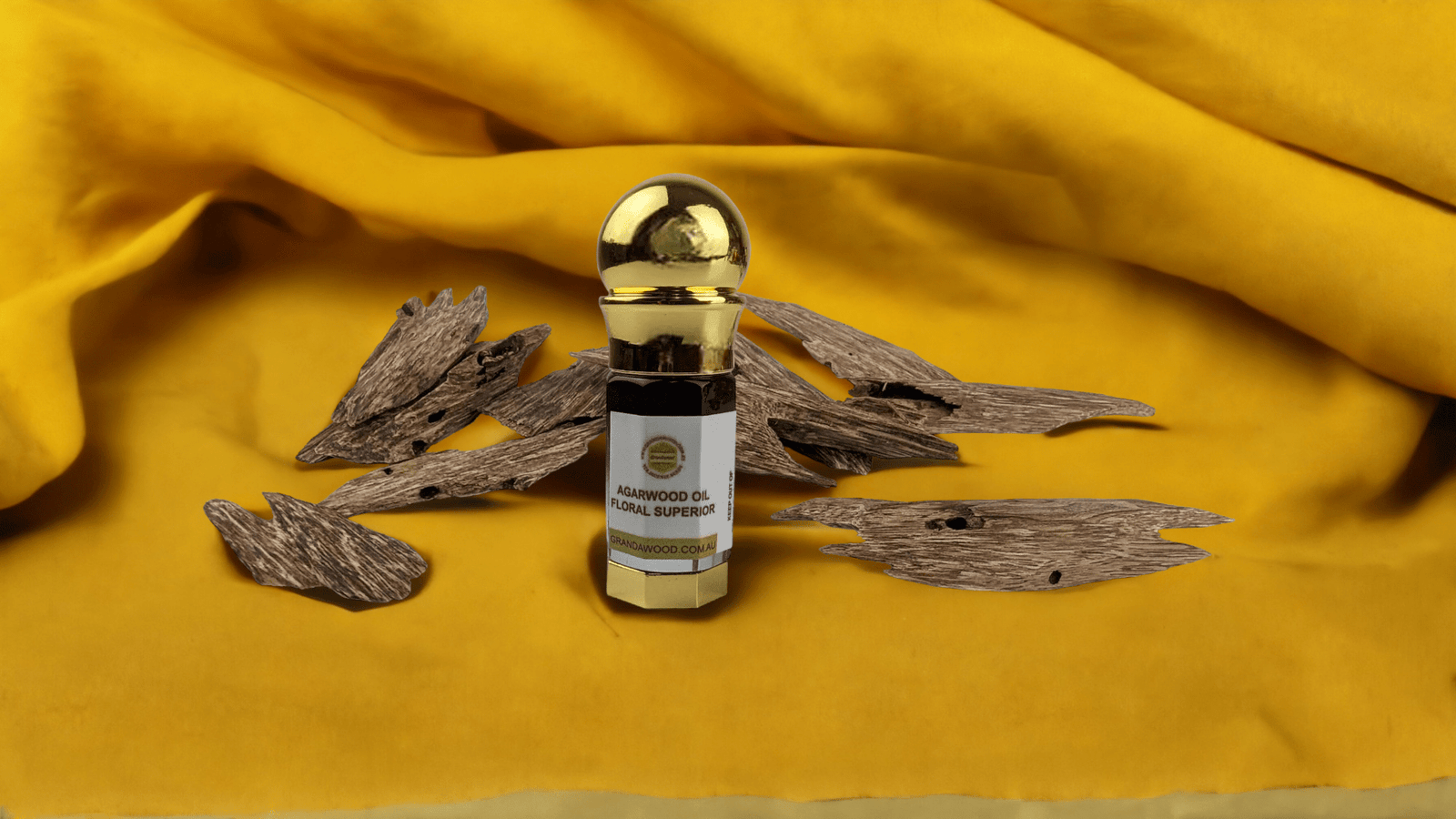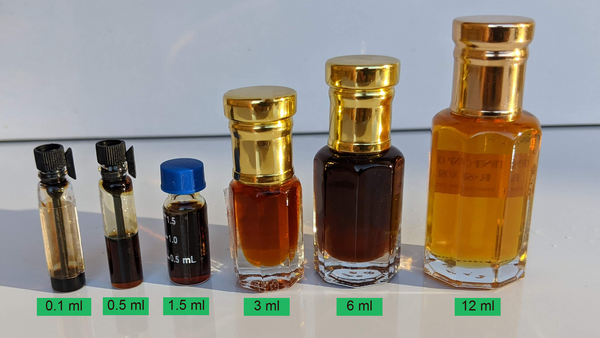





Specialty 100% Pure Cultivated Agarwood Oil (Oud) - Floral Superior
For a quick guide to our Oud oil, click HERE
Warning: Slightly barnyard
"Despite the floral labelling, this is not a delicate floral perfume – this is an oud with floral nuances. With a glaring opening of smoked meat, waxy honeycomb and bacon – what is then found is a whisper of powder, intense notes of heady cut grass, sticky hyacinth, a suggestion of jasmine and jonquil, and a herbal breeze tinged with astringent daffodil."
(Source: Liam Sardea Olfactics.net)
It all starts with a type of plant that grows on unplantable land.
In Binh Thuan Province, 220km from Ho Chi Minh City, Vietnam, the climate is subtropical: only dry and wet seasons with high humidity.
It is home a well-known sandy beach: Hòn Rơm Mũi Né

Source: Melody Temple
7 dried months, 3 rainy months and 2 months of transitions between dry and wet.
From Jan to July, the weather is hot and dry, usually 29 to 32 Celsius degree (84.2 °F- 89.6 °F)
Then it rains for 3 months: Aug, Sep, and Oct.
From November to the end of December, the weather is cooler, but there is little rain.
With this constant hot and dry climate, it is a perfect place to get away.
The climate is perfect for tourism but not agriculture. The infertile sandy soil makes it hard to grow anything except cactuses. That is why most farmers plant dragon fruits here.
Besides the harsh weather, there is another problem: the leaf chomper: locusts.

From June to September, locusts spawn quickly and start chomping leaves.
The dry weather and the leaf chomper together make it tough to grow any plants.
And that is why there is only one edible food that can survive in this region: dragon fruit here, a sub-cactus plant that is heat-tolerant. They are also locust-tolerant because their leaves are spiky and not tasty to locust.

Another type of plant that can withstand these harsh conditions besides the dragon fruit:
The Aquilaria Crassna trees
These Evergreen trees can grow in poor sandy soil and tolerate heat well.
But they are not locust-resistant. They have young, tender leaves, which the locusts love to eat.
In summer, small spawns of locusts arrive at our local Agarwood plantation and start devouring these Aquilaria young leaves. Aquilaria trees are sun-loving plants. Without leaves, the Aquilaria trees cannot photosynthesise. Without photosynthesis, the trees cannot grow.
Using insecticide is not an option because it leaves toxic residue on the tree. What if later you burn the wood chips or use oil from this tree? It will be no good. Your safety is our priority. In addition, you and I would not want to perform worship and rituals with insecticide-contaminated wood.
But without insecticides, how can we control them?
If it is not Binh Thuan but somewhere else, the Aquilaria probably does not survive.
Fortunately, the locusts have a "natural predator": Human.
Yes, you heard it right. Human
Locust is a local speciality. The locals love eating them
In fact, the locals catch and trade locusts during summer when locusts are mostly active. They even name the locust "flying prawns". They love it so much that they even set up a "flying prawns" farm to supply to the local eateries where the demand surges.

In some small eateries, the cooks prepare some signature protein-rich dishes with deep-fried, stir-fried or char-grilled "flying prawns" with citrus leaves, lemongrass and chillies. People gather for a drink and eat "flying prawns" with beer or white rice liquor on hot summer days.
These "flying prawns" are wholesaled at $16 AUD per kg. At small local eateries, a dish of 300g flying prawns is $16 AUD, a similar price to the ocean prawns.
The demand is always there, so some Aquilaria farmers have a second job, i.e. "flying prawns" catchers for 4 months from June to September. Why kill these "prawns" while others want to eat them? And even willing to pay for this specialty dish.
A blessing in disguise: "flying prawns" are a local cuisine so there will be no need to use insecticides.
In our Agarwood plantations in Binh Thuan, the farmers grow these trees on the hill slopes.

Our Aquilaria plantation on the hill
As there are demands of "flying prawns", our farmers catch sell these "prawns" to local eateries. They even let the locals in to give them a hand.
With the help of locals and the farmers themselves, the "flying prawns" are completely controlled.
The next task is to create Agarwood.
Our farmers drill holes in the Aquilaria trees in the hot summer early mornings.
Next, they will coat a layer of yeast culture inside these holes. This yeast culture is an in-house specialty solution that stimulates Agarwood formation. After a few months, the yeast culture expands inside the trees triggering the trees to produce more Agarwood. When there are around 20% of Agarwood formation in a tree,
The farmer can harvest the tree, process the woodchips and distil this Oud oil, known as The Floral Superior.
Three things make this Oud Oil like no others.
- These trees are planted on the hills of the coastal province Binh Thuan. Different planting areas provide distinct agarwood aroma.
- The in-house yeast culture of creating Agarwood
- This Oud is fermented to achieve the barnyard smell that the Arabians love.
Aroma: opening with pungent animalic notes, then softening in 5 minutes. Next, you will experience herbaceous notes, dried flowers and grass, with a hint of smoky meat.
Floral notes are infused with pleasantly hidden notes of the fiery distilling process when the wood chips are heated to produce a smokey aroma that is quaint but noticeably lovely. The more noticeable fragrant notes are rich and complex, like warm sweet honey. The dark mixture has a thick and sugary texture and density.
It can be worn on your skin alone or combined with another fragrance. The scent starts strong just out of the glass vial but quickly changes to a woodsy and sweet aroma. Like a good recipe, its scent gets better as it ages.
The Arabs love this because it blends well with their climate, hot and dry. Many Muslims bring this Oud to their local Masjid (Mosque) for their Ṣalāt al-Jumuʿah (Friday Prayer). A few drops on clothes and writs or on praying carpet help them clean spiritually.


Try this Oud oil now and see how you feel!







